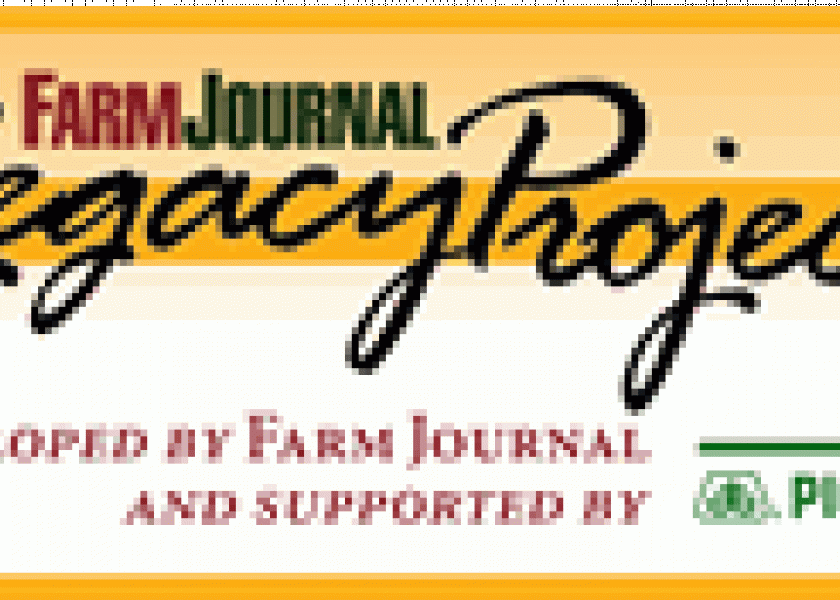The Next Generation

Equity, management skills present huge challenges
**Extended comments highlighted in blue
It’s one thing for the senior generation to make transition plans for the upcoming generation of farm managers. It’s an entirely different thing when those younger folks lack both the ownership equity and the management know-how to step into dad’s and uncle’s shoes.
Greg and Jim Moes of Goodwin, S.D., have reached that point with Greg’s sons, Jacob and Scott. The Moeses are part of Farm Journal’s Legacy Project, which helps farmers transition their businesses to the succeeding generation.
"When Jim and I started farming, our folks helped us buy land and build equity that way," Greg says. "Often, we were able to pay for the land in five years, something that’s pretty tough to do right now."
Bringing the next generation into an ownership position has also been difficult during the last few years. Greg and Jim have struggled with the aftermath of the milk price crash of 2009 while at the same time more than tripling their herd size.
|
| |
In 2009, they added 800 cows, growing the herd to 1,400. They added 500 more in 2011 and another 300 this year, bringing their total cow population to 2,200—milking and dry.
Since the 2009 expansion, they’ve done it all through internal growth.
Sexed semen and pasteurized whole milk have provided a real boost to heifer numbers. "We’ve only lost two calves since last March once they’ve gotten to the hutches," Greg says. "The last time we bought replacements was in 2009."
The replacement enterprise might provide an opportunity for Jacob and Scott. Right now, the Moeses raise their heifers through 12 weeks, then send them to a grower for the next nine months.
But even those nine months away from home can be expensive, especially at current feed prices. "We’d actually be better off right now to sell the heifers as calves and buy back springers," Greg says.
The economics of custom heifer raising ebb and flow with feed and milk prices. Longer-term, having full control of the replacement enterprise is a better strategy, Greg believes.
"We’re looking at some type of heifer facility at a size that is functional for us, maybe 2,000 head," Greg says.
The heifer facility could become Jacob and Scott’s to manage and they would shoulder the responsibility for measurable results. Such an enterprise would offer several benefits:
- Jim and Greg would have to provide the startup money for the facility. But it would give Jacob and Scott the opportunity to build financial equity in the operation over time.
- Operating a large facility would allow the brothers to build their management skills.
- Co-managing the facility could free up some of Jacob and Scott’s time so they could get the off-site management training they need. Right now, it’s difficult for them to get away because the dairy is dependent on them for handling day-to-day operations.
A venture, either vertically or horizontally integrating the operation, may provide a win-win for all concerned. In this case, MoDak Dairy becomes a bit more independent. The Moes will control their herd and better manage supplies and input costs.
Jim and Greg will leverage their experience to mentor Jacob and Scott in business management and financial decision making. The next generation will learn about teamwork, supply chains and input costs. The experience will help them become better partners in the dairy and prepare them for leadership in the future.
The entire operation could well become more efficient and better managed, says Kevin Spafford, Farm Journal’s succession planning expert. But he recommends that the Moeses start with a business plan. "Though they’re familiar with a replacement operation," he explains, "the process of writing a business plan resets the working relationships and helps the generations begin working together as managing partners."
An operating agreement that defines how the business will be managed, lines of authority and defined responsibilities will help Jacob and Scott to better understand their responsibilities to the business, Spafford says. He also suggests that Jacob and Scott commit to a plan for professional development.







